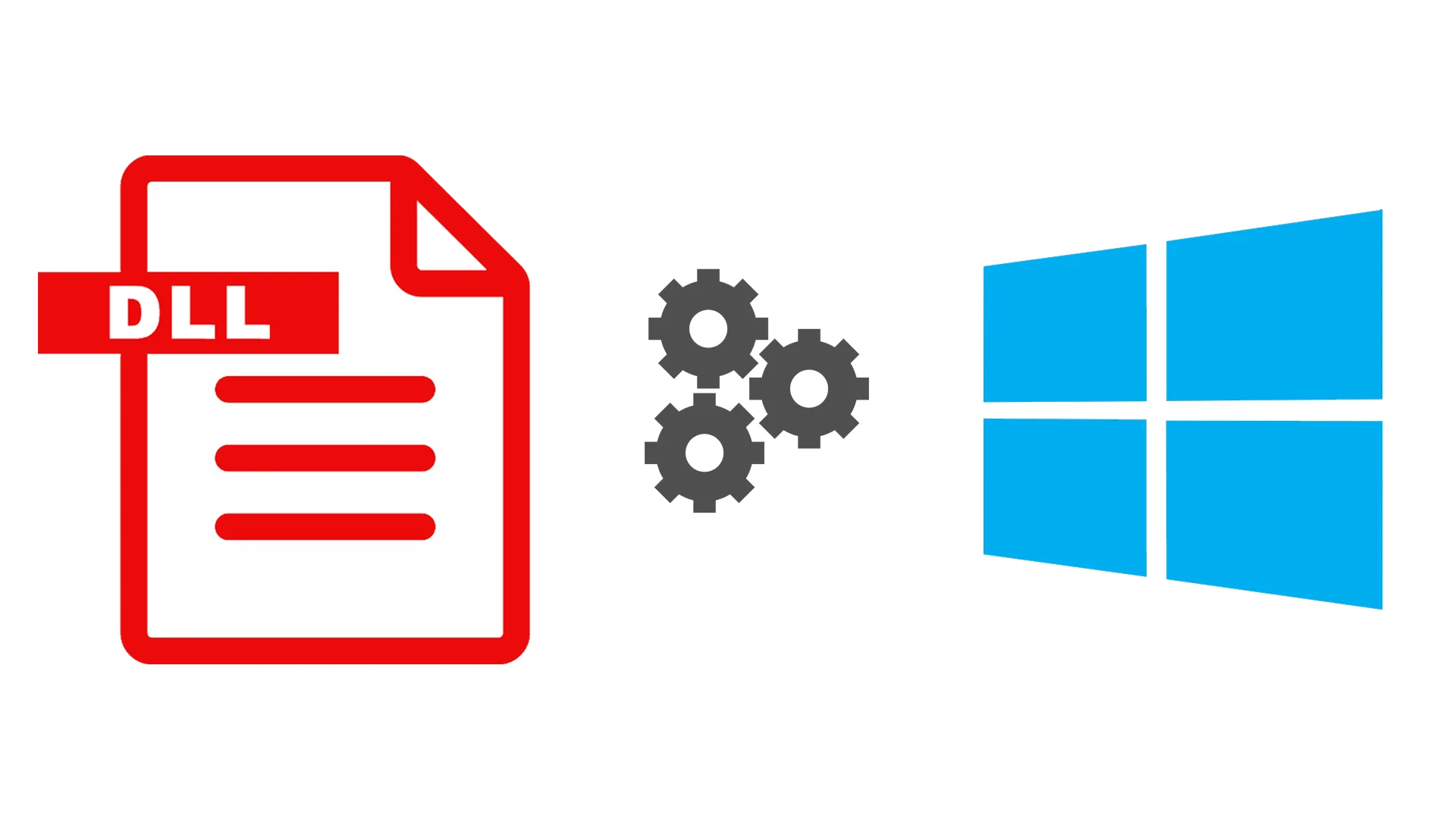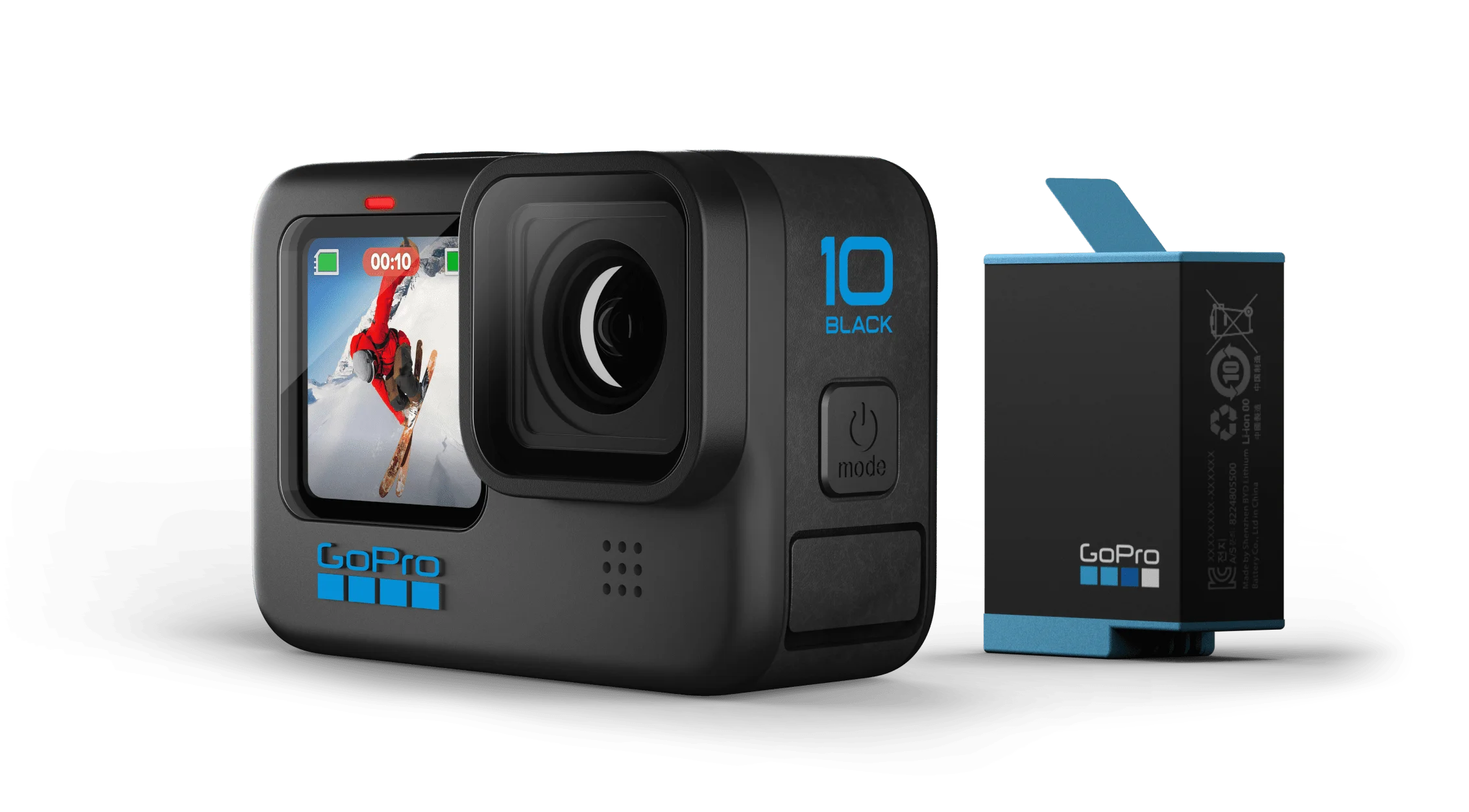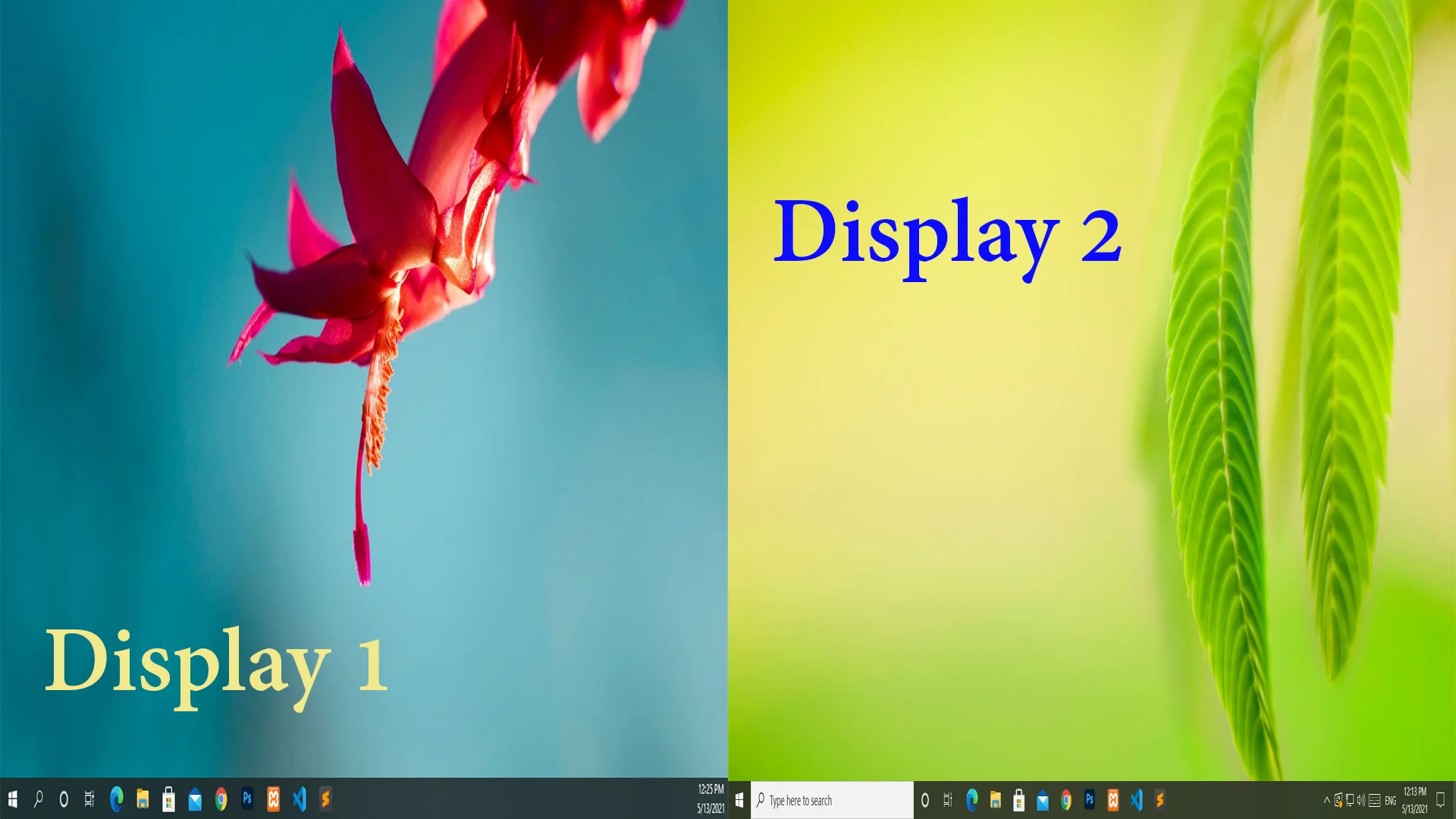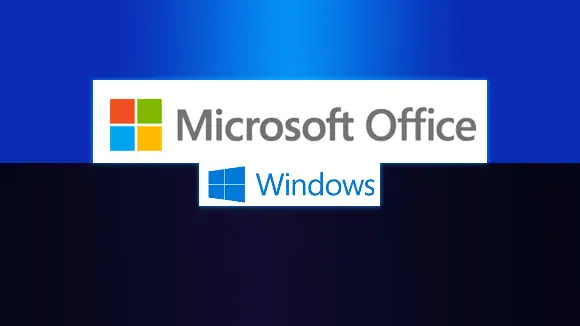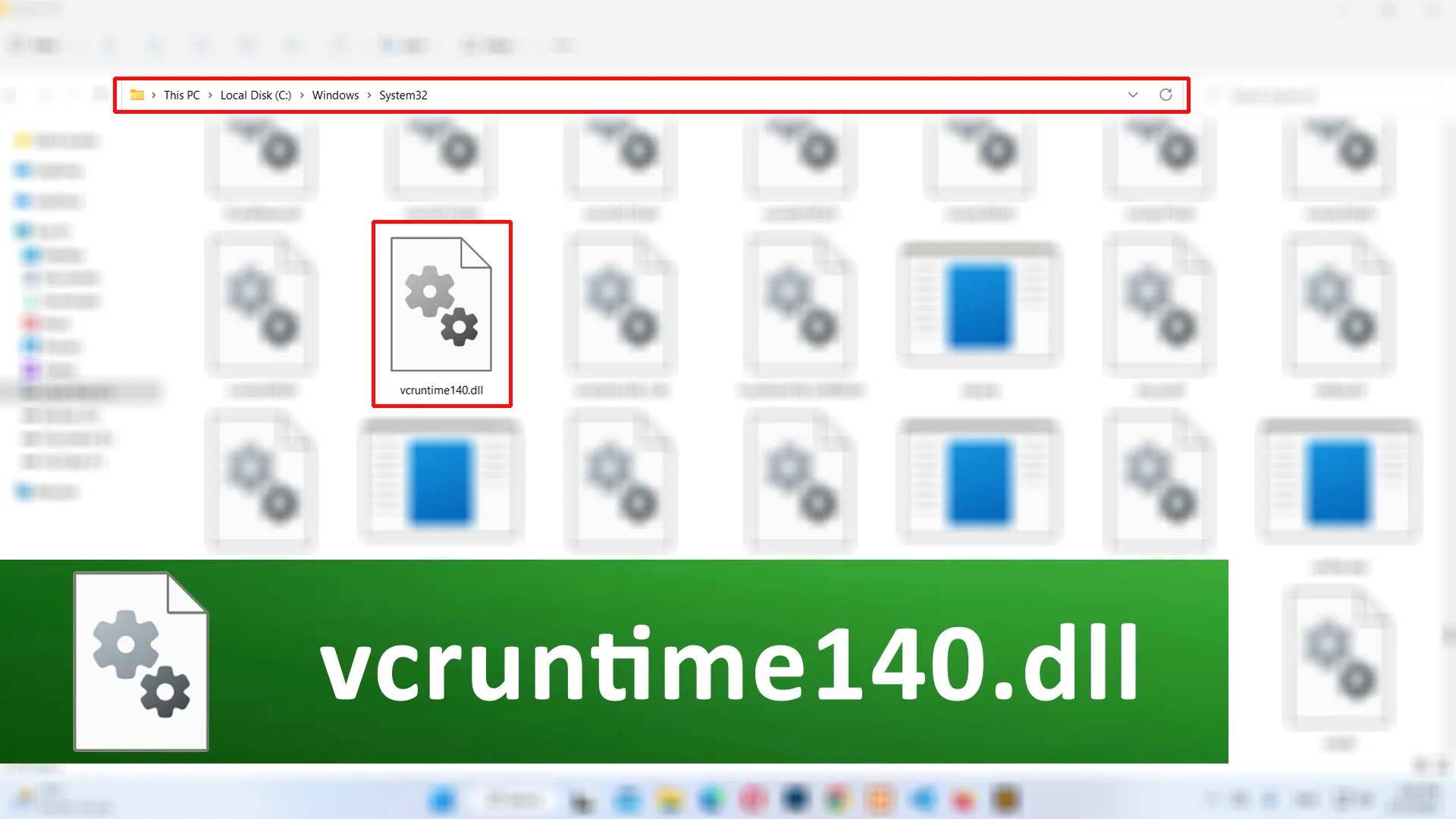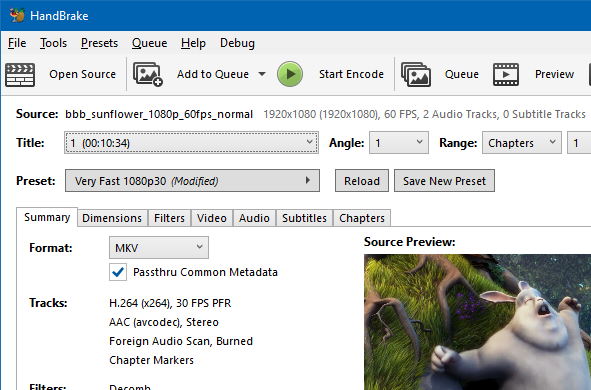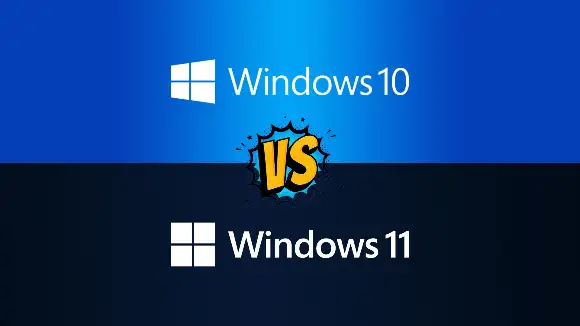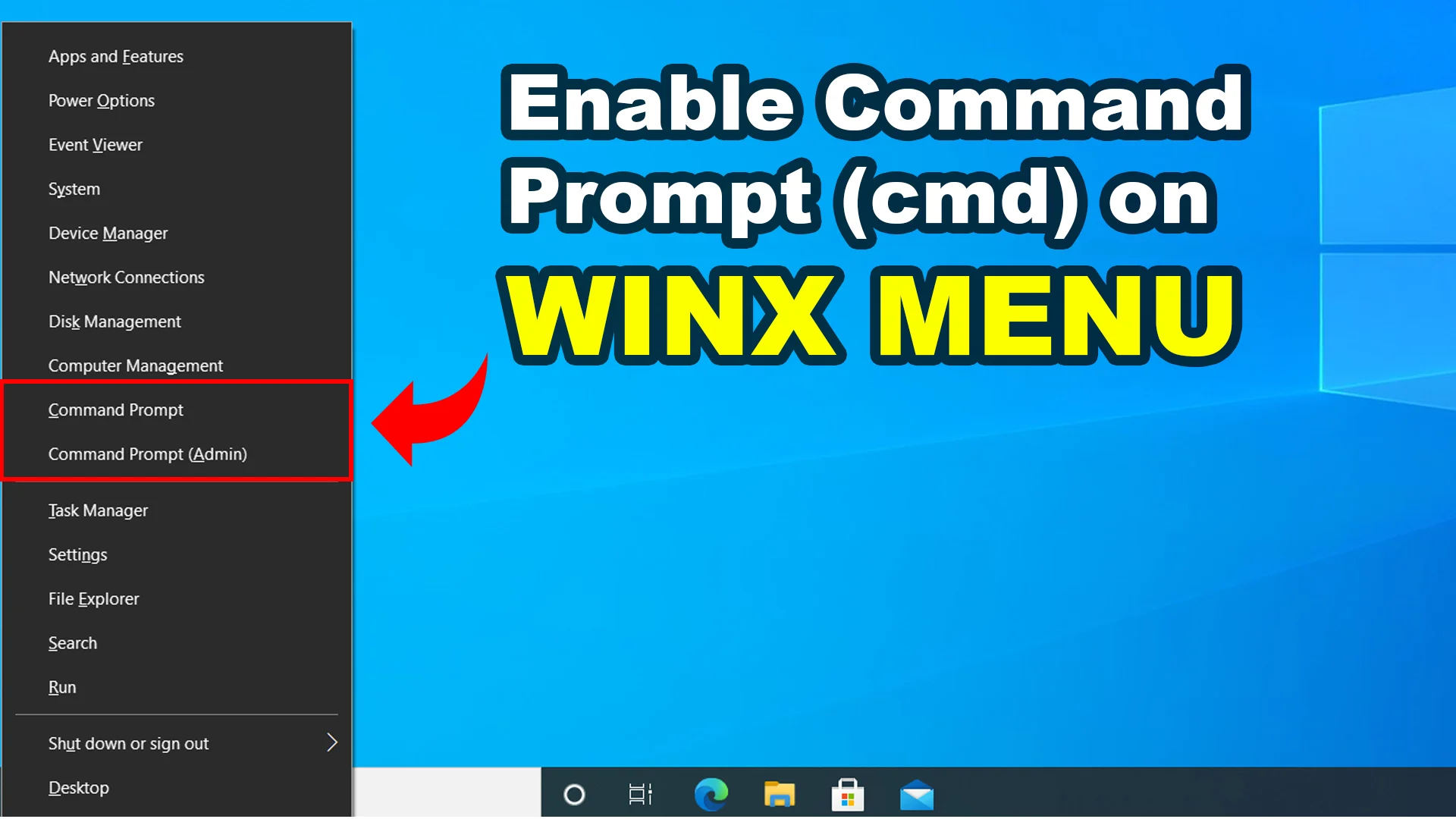We have already discussed the basic overview of these operating systems in the previous topic. Now, it’s time to jump to Windows 11 and Windows 10 editions.
Windows 11 vs Windows 10
Microsoft keeps its assortment of versions to target a deep and specific use of its client. Windows 10 has more numbers of editions than Windows 11. Windows 10 is distributed in several editions but 5 of them are the main ones.
- Home
- Pro
- Education
- Enterprise
- Mobile (Discontinued editions)
Whereas, Windows 11 is currently available in two main editions: Home and Pro.
Both the Home and Pro editions of these operating systems are the most popular and are sold at retail in most countries for personal computing devices. Also, new computers have pre-installed OS of this edition available. Home editions are specifically targeted at home users who do not have access to any advanced features while Pro editions are targeted at users who use advanced features of computer hardware, OS, programs, or websites that are not used by the average user. You can get access to features like BitLocker, Device Guard, Updates for Business, and Domain Join capabilities in the Pro edition but not in the Home edition.
However, the Enterprise and Education editions are only available on Windows 10. Both of them are specifically aimed at users working in business or commercial environments, governmental or academic institutions. These editions are only available through volume licensing depending on the type, quantity, and applicable subscription terms. Microsoft Windows and Microsoft Office are the best examples of Microsoft’s volume licensing-based software.
Windows 10 Mobile is a mobile operating system and is marked as one of the editions of Windows 10. It aims to provide support for smartphones and phablets devices equivalent to Windows 10 PCs operating system. Due to the lack of market share and third-party software for the platform, Microsoft decided to stop its further development process, a few years after the release of Windows 10.
All editions support all features directed at consumers but each of them reinforces additional features with their personal and business use.
| Features | Home | Pro | Education | Enterprise |
|---|---|---|---|---|
| Bit Architecture | x32-bit (Windows 10), x64-bit (Windows 10 & Windows 11) | |||
| Maximum RAM Memory | 128 GB | 2048 GB (2 TB) | 2048 GB (2 TB) | 6144 GB (6 TB) |
| Maximum CPU Sockets | 1 | 2 | 2 | 4 |
| Maximum CPU Cores | 32 logical cores on x32-bit, 1280 logical cores on x64-bit | |||
| License | OEM, Retail | OEM, Retail, Volume licensing | Volume licensing | Volume licensing |
| Cortana | Yes | Yes | Yes | Yes |
| Microsoft Edge | Yes | Yes | Yes | Yes |
| Windows Sandbox | No | Only x64-bit PC | Only x64-bit PC | Only x64-bit PC |
| Hyper-V | No | Only x64-bit PC | Only x64-bit PC | Only x64-bit PC |
| BitLocker | No | Yes | Yes | Yes |
| Device Guard | No | Yes | Yes | Yes |
Contd...
Any Question / Leave a comment ?
--- Thank you for your attention! ---
